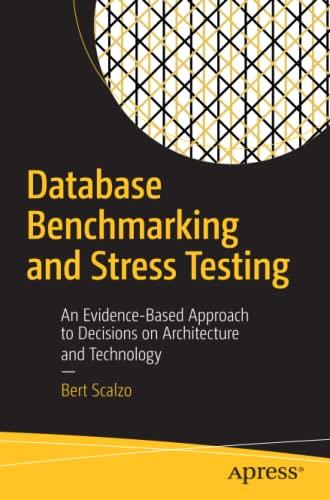Question
In this week's exercise you will be practicing PL/SQL as a database programming language. Given the two following table definitions below (see DDL): CREATE TABLE
In this week's exercise you will be practicing PL/SQL as a database programming language. Given the two following table definitions below (see DDL):
CREATE TABLE COUNTRY ( Country_Code char(3) NOT NULL, Country_Name varchar2(200) NOT NULL, CONSTRAINT COUNTRY_pk PRIMARY KEY (Country_Code) );
CREATE TABLE POPULATION ( Country_Code char(3) NOT NULL, Year number(4) NOT NULL, Total_Population integer NOT NULL, CONSTRAINT POPULATION_pk PRIMARY KEY (Country_Code,Year) );
ALTER TABLE POPULATION ADD CONSTRAINT POPULATION_COUNTRY_FK FOREIGN KEY (Country_Code) REFERENCES COUNTRY (Country_Code);
You must write two database functions (NOT procedures):
- POPULATION_AVERAGE: must return the average population for a given country in a period of time, given the following parameters
- country_name
- must be validated and an exception raised when country name is NOT valid
- year_from and year_to as the [begin,end] (all inclusive) for the period to be considered when calculating average
- raise an exception if period is invalid [no data available] for that period
- country_name
- POPULATION_CHANGE: must return the percentage (%) of change in the population for a given country in a period of time, given the following parameters
- country_name
- must be validated and an exception raised when country name is NOT valid
- year_from and year_to as the [begin,end] (all inclusive) for the period to be considered when calculating the % of change
- result can be positive (when population has increased) or negative (when population has decreased)
- raise an exception if period is invalid [no data available] for that period
- country_name
*** You must populate the tables in order to test your solution
Step by Step Solution
There are 3 Steps involved in it
Step: 1

Get Instant Access to Expert-Tailored Solutions
See step-by-step solutions with expert insights and AI powered tools for academic success
Step: 2

Step: 3

Ace Your Homework with AI
Get the answers you need in no time with our AI-driven, step-by-step assistance
Get Started


